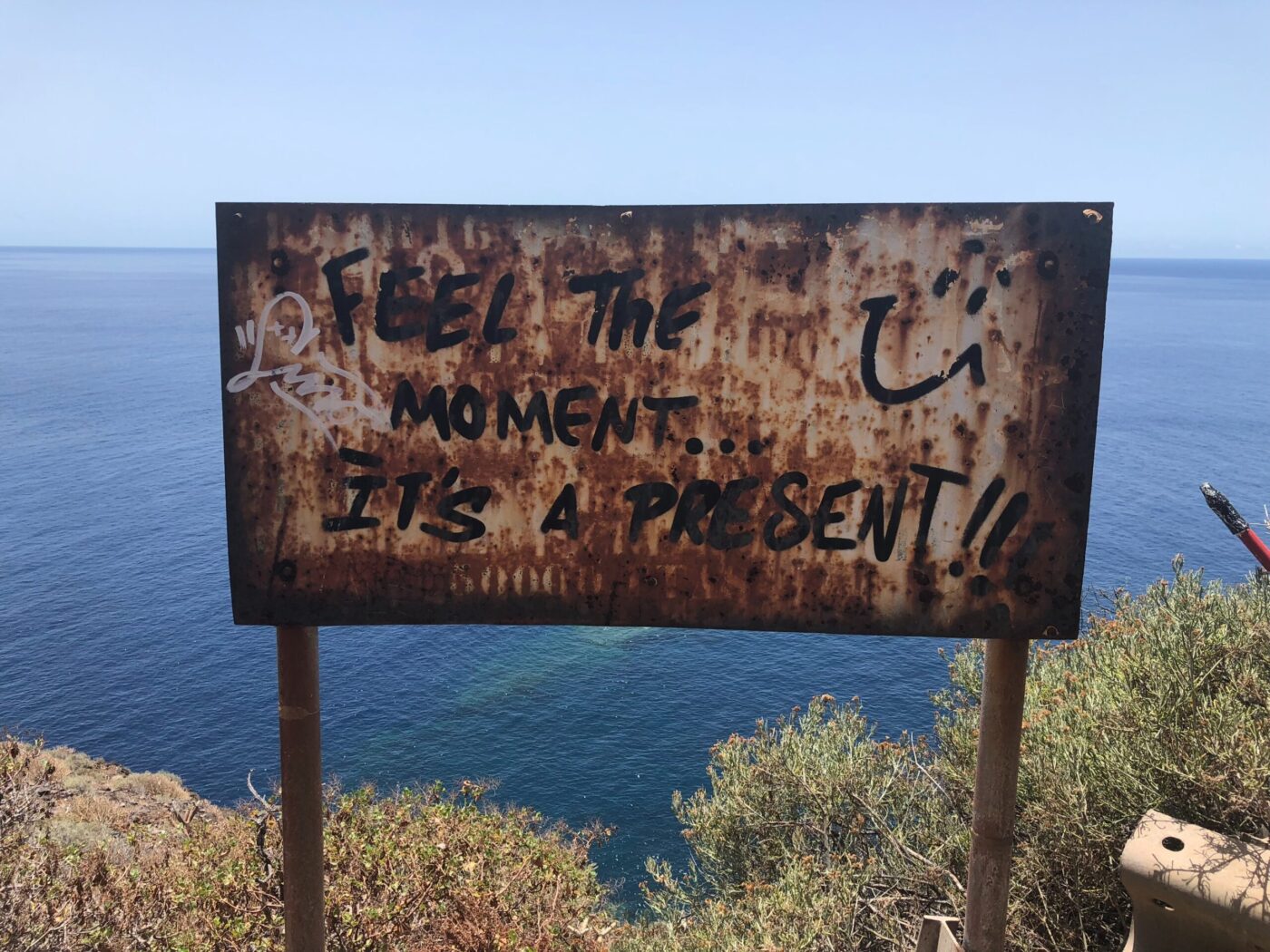After reading the prompt for your occupational therapy personal statement, you may be tempted to take a long nap. At the very least, you will become drowsy. At the very most, you’ll think, “No, thanks. I’m putting this off for a month.”
That’s because the prompt is about as boring and standard as they come. Let’s take a look at its wording on OTCAS:
Your Personal Essay should address why you selected occupational therapy as a career and how this degree relates to your immediate and long-term professional goals. Describe how your personal, educational, and professional background help you achieve your goals.
You are allowed 1.5 pages of single spaced copy to answer this soporific beast.
But, let’s remember, while this prompt is boring, that doesn’t mean you need to be. And given that it’s in your best interest for your occupational therapy application to be interesting, let’s do some brainstorming with the goal of answering this question first: what about me and my life makes me want to be an occupational therapist?
START WITH A LIST OF TRAITS
Let’s pretend I’m in your shoes. I’ll start with a list of traits that are specific to good occupational therapists:
- patient
- flexible/adaptable
- good communicator
- compassion
- observant
- creative problem solver
- optimistic
- independent
I’ll proceed with a list of traits that I possess:
- creative problem solver
- optimistic
- the ability to work independently
THINK OF YOUR STORIES
Finally, I’ll brainstorm about the stories that encapsulate my life. That includes:
- “aha” moments
- passions/interests
- challenges/obstacles
- motivators/drives

IT ALL CAME DOWN TO BARBIE
What did I keep landing on again and again? The Western Barbie I had when I was a kid.
in all likelihood, you won’t have grown up in the 1980s and so won’t be familiar with this beauty of a doll. What you most need to know is this Barbie came with cowboy boots and a cowboy hat. She also had a button on her back that, if pressed, would make her wink. And what accentuated that wink? Her violently blue eyeshadow, of course.
My Barbie collection consisted of WB, whom I named Debbie, and five knit outfits that my mom had a friend make. Somewhere along the way, I acquired a pair of tiny yellow scissors and a tiny yellow bottle that said, “shampoo.” So Debbie became a hairdresser.
But given that was the extent of my collection, I had to get creative with the rest. Barbie needed a place to live. She needed a place to eat. She needed a place to work. She needed a way to get to work.
My brother’s 18-wheeler fit Barbie well, so became her ride. I scoured my dad’s record collection and Cat Stevens’ Tea for the Tillerman became the jazzy flooring for Barbie’s apartment. I fashioned a Barbie-sized dining table out of Lego. Cotton balls became her pillows, toilet paper her quilt. A cabinet pull became an ottoman where she would rest her weary, cowboy boot-clad feet after a long day at the salon.
My favorite part about playing Barbies was coming up with the adaptations that she could “use” for her “daily life.” It wasn’t enough to just pretend, the goal was to invent.
Thinking about this story, notice how it answers why I want to be an occupational therapist. I want to improve people’s lives through creative problem solving. Getting to be an OT allows me to access that side of myself over and over and over again.
See how that made a bland prompt into an interesting essay?
THE OTHER PARTS
Now we can look at the two other parts of your prompt. You must:
- explain how this degree relates to your immediate and long-term professional goals; and
- how your background (personal, professional and educational) will help you achieve your goal or goals.
The first part is kind of strange because I can imagine most students thinking to themselves, “umm, obviously my goal is to become an OT. That’s why I’m applying to OT school.” If you’re having that thought, fair enough. More about that part in a bit.
First, let’s weave in your background to showcase how you’re equipped to reach the goal of becoming an OT. So, after you’ve answered “why I want this,” it’s time to focus on sharing experiences that answer “why I can do this.”
To this end, it’s most effective to share moments, rather than summarize your background as you would in an academic resume. So, if you plan to write about how your shadowing experience really made an impact on you, break it down into an interaction you had with a patient or with a provider. Follow that up with what you learned and how that will contribute to you achieving your future goal. Same if you had a formative experience at your job at, say, Hardee’s. Did you cultivate patience there? Or compassion? Or flexibility? How did you cultivate it and how will it help you? Likewise with your research experience or time at a camp where you volunteered or how you have spent 12 years of your life practicing the piano an hour a day.

HOW MOMENTS WORK
The goal is to break these experiences down into moments where your reader can experience them with you. So your paragraph won’t look like this:
“At this camp, I learned about leadership. I was in charge of assessing the needs of children, resolving conflict, and encouraging the children to learn even while they were having fun.”
It will look like this:
“While I was talking to Tyler and drying his eyes, he admitted to me he didn’t believe he would be able to play kickball with the others. It occurred to me then how much strength this little kid had to make that kind of admission and how I needed, in turn, to be strong for and with him. Together, we pinky swore that we were going to make kickball happen for him and, by the end of the week, with some adjustments, we did.”
See how this welcomes your reader into the experience with you? And allows your reader to see your personality? That’s how you make your personal statement, well, personal.
NO DETAIL IS TOO SMALL
To keep your reader engaged in your occupational therapy essay, you’ll also want to look for ways to inject details in your piece to keep your reader invested.
Thinking of any moment you include in your piece, I want you to activate your senses. What did you see? Hear? Taste? Feel? Smell? What are the littlest details that you remember about it? What were you wearing? The person beside you wearing? What did the concrete feel like? The water feel like? What were you cooking? Playing?
Know that no detail is too small. In fact, I want you to activate the mundane intentionally. Life’s littlest details are exactly what is going to make this story uniquely yours. Why? Only you noticed them. That is what will make your story authentic.
Moreover, that is what will help your reader connect with you. The detail about Barbie being able to wink to show off her blue eyeshadow is a prime example because, frankly, you just can’t make that “winking button” up. Once your reader knows you are being open and upfront about who you are, you will start to make a memorable connection with him or her.
For other ways to keep your writing fresh and memorable, click here.
HOMESTRETCH OF YOUR OCCUPATIONAL THERAPY ESSAY
Finally, let’s look at the last piece of your prompt: explain how this degree relates to your immediate and long-term professional goals. This section doesn’t need to be long, but it should be specific. Here, you can write about:
- what kind of patient population you’re interested in
- if you’re interested in practicing in a rural or urban setting
- where in the country you want to practice
- if you want to work in a hospital setting or clinical setting
- if you want to conduct research
I suggest investing about 15 to 20 percent of your essay focusing on answering these questions, unless you have a deep passion for, say, rural healthcare or you feel very strongly about a specific patient population. Then you can lengthen it a little bit.
FINALLY …
Know that I’m here for you as you embark on your journey writing your occupational therapy personal statement. Also know that your essay, despite a boring prompt, doesn’t need to look like these. If you have any questions, don’t hesitate to contact me at [email protected].

